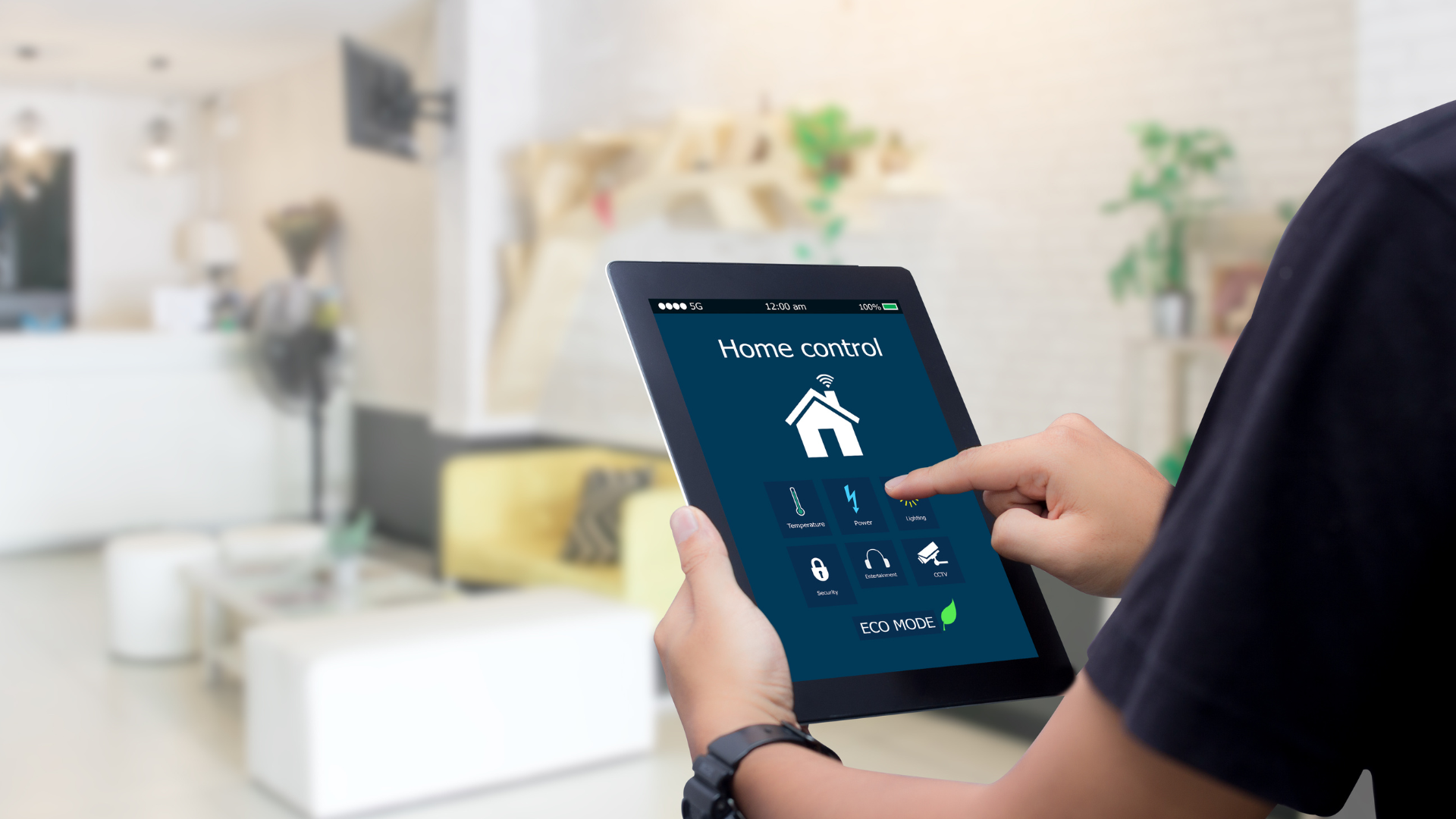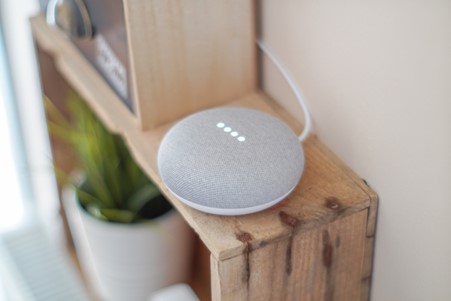Home Security: Why You Should Put IoT Devices on a Guest Wi-Fi Network
The number of internet-connected devices in homes has been growing. It's increased exponentially over the last decade. A typical home now has 10.37...
3 min read
![]() Totalcare IT
:
Apr 11, 2024 11:31:00 AM
Totalcare IT
:
Apr 11, 2024 11:31:00 AM
Smart home devices are becoming more popular and convenient. But they also pose some serious security risks. Hackers can target these devices to access your personal information as well as spy on your activities or cause damage to your home.
Often the dangers of smart home devices fall under the radar. Seventy-five percent of people feel some level of distrust about the use of their data. Yet most people are willing to use smart home technology.
As we enjoy the convenience of smart living, it's crucial to be vigilant about cyber threats. A hacker may have compromised your smart system without you even knowing it.
How can you tell if a hacker has compromised your smart home device? Here are some signs to look out for.
Unexpected behavior is the first sign someone has compromised your smart home device. If your device starts acting erratically, it's time to investigate. Erratic behavior can include:
Hackers often manipulate smart devices to create disturbances. Noticing these irregularities early can prevent further damage.
Monitoring your home network is a fundamental aspect of cybersecurity. Have you observed a sudden surge in data usage? Noticed unusual patterns in network traffic? If so, this could indicate unauthorized access.
Hackers may exploit your smart devices to launch attacks or steal sensitive information. Regularly check your router's activity logs. This helps you stay vigilant against abnormal network behavior.
Smart speakers and voice-activated assistants have become commonplace in many households. If you start hearing unfamiliar voices or strange sounds from these devices, it's a red flag.
Hackers may use compromised devices to eavesdrop or communicate with household members. This poses serious privacy concerns. Ensure that your smart devices are only responding to authorized voices.
Smart devices offer customizable settings to cater to individual preferences. Have you noticed unauthorized changes to these settings such as alterations in camera angles, sensor sensitivity, or device preferences? If so, there's a high likelihood that a hacker has compromised your device.
Regularly review and update your device settings. This helps you maintain control over your smart home ecosystem.
Smart devices often collect and send data to the cloud for analysis or storage. Keep an eye on your device's data usage. Be wary of unexplained data transfers. Hackers may exploit vulnerabilities to extract sensitive information from your devices.
Regularly review the data usage patterns of your smart devices. This helps you to identify any suspicious activity.
Suddenly finding yourself locked out of your smart home devices could be a sign of hacking. Hackers may change passwords or enable two-factor authentication without your consent. They can take control of your accounts. This renders you unable to access or manage your devices.
Always act promptly to regain control. Secure your accounts if you suspect unauthorized access.
Regularly review the list of devices connected to your home network. Do you spot unfamiliar or unauthorized devices? If so, it’s a clear sign that someone may have breached your network.
Hackers often connect to your network. They do this to exploit vulnerabilities in smart devices or launch attacks. Secure your network with strong passwords. Also, consider implementing network segmentation for added protection.
Smart devices receive regular software updates. These updates patch vulnerabilities and enhance security. Have you noticed frequent software glitches? Or has your device failed to update? It could be a sign of interference by a malicious actor.
Ensure that your smart devices are running the latest firmware. This ensures it has the latest security patches and bug fixes installed.
Some smart devices send notifications or emails to confirm changes. Such as changes in settings, passwords, or device access. Did you receive such confirmations for actions you didn't take? If so, this is a clear sign of unauthorized access.
Take immediate action to secure your account. This includes changing passwords and reviewing access permissions.
As our homes become smarter, so must our approach to cybersecurity. The first step in safeguarding your digital domain is recognizing signs. The signs that a hacker has compromised your smart home device.
Remember, smart home devices can make your life easier and more comfortable. But they also need careful maintenance and protection.
Need some guidance? We can help you ensure that your smart home remains a secure haven of innovation. Instead of a vulnerable target for cyber threats.
Contact us today to schedule a smart home security consultation.

The number of internet-connected devices in homes has been growing. It's increased exponentially over the last decade. A typical home now has 10.37...

The integration of smart home devices has become synonymous with modern living. They offer convenience, efficiency, and connectivity at our...

Smart homes have become a ubiquitous part of modern living. It doesn’t even seem unusual anymore to tell your refrigerator to add milk to the digital...